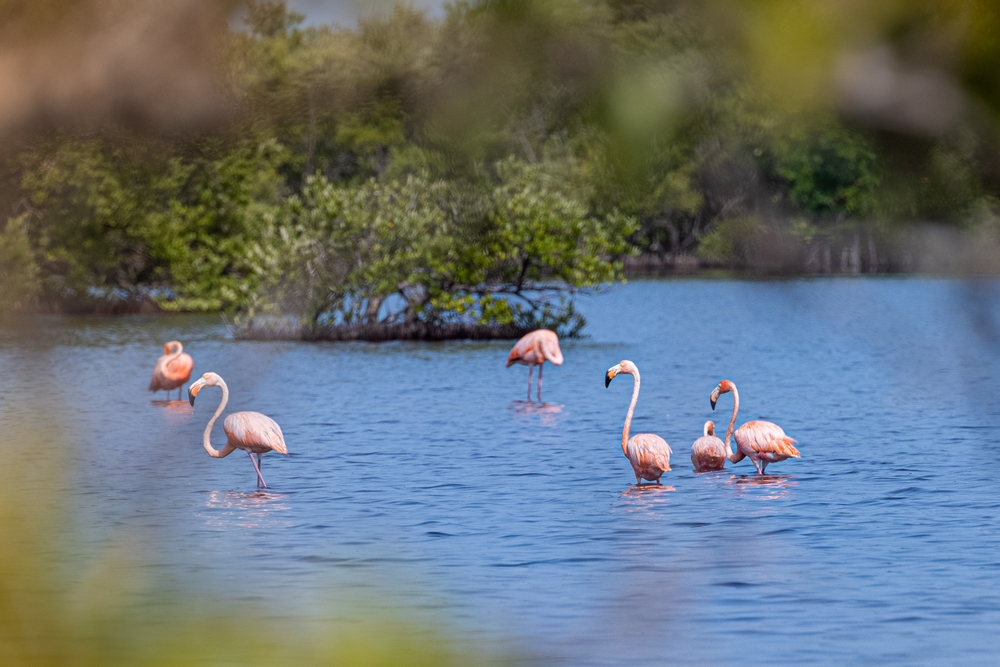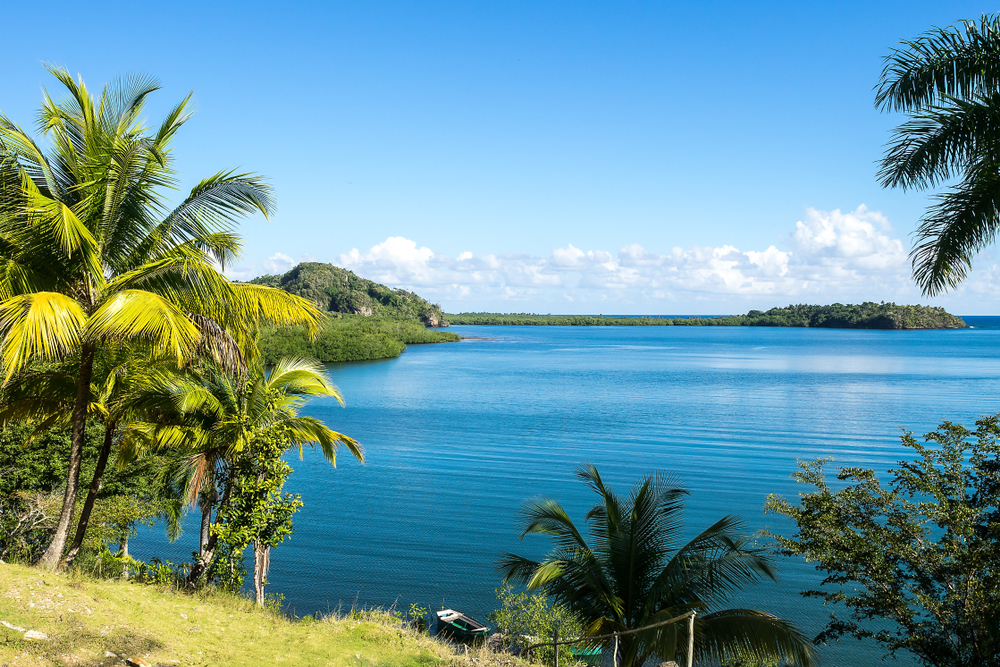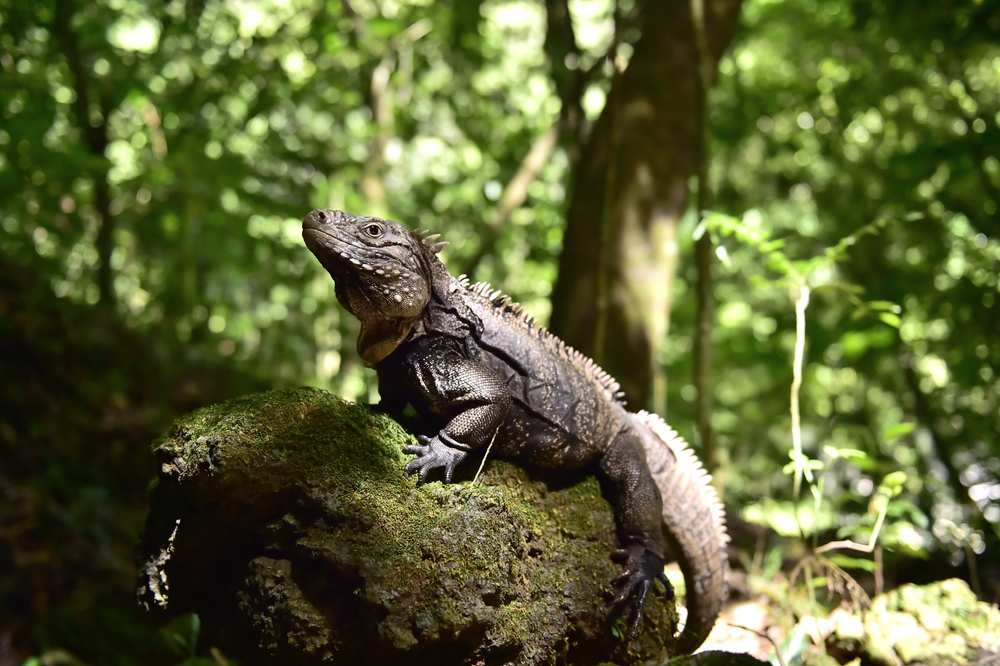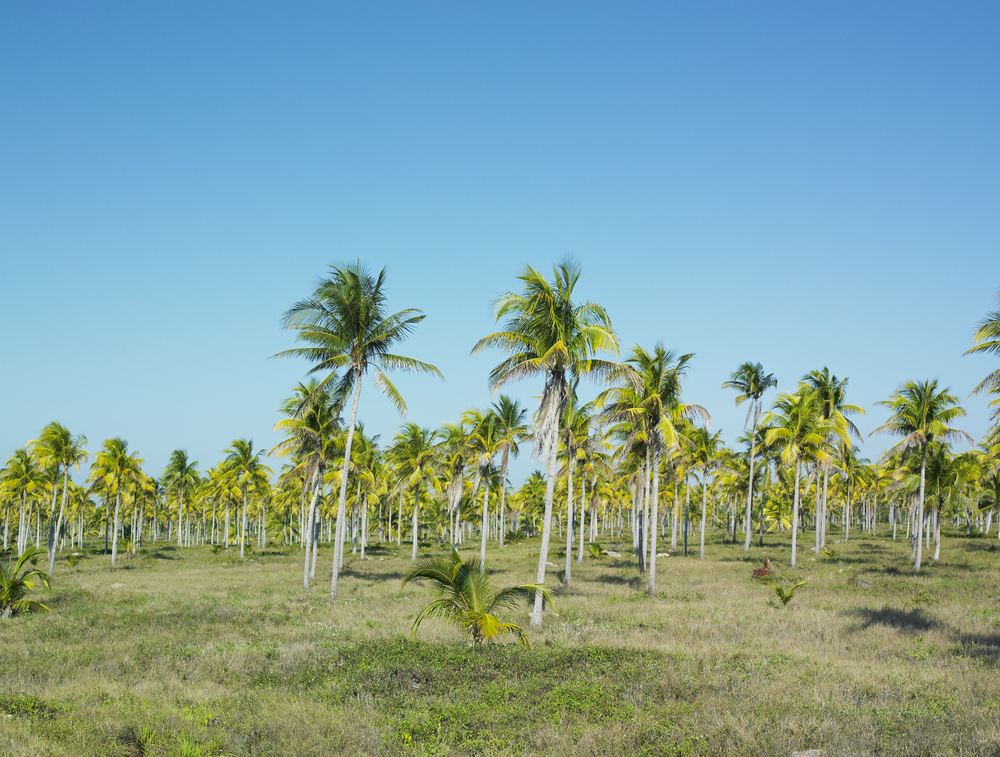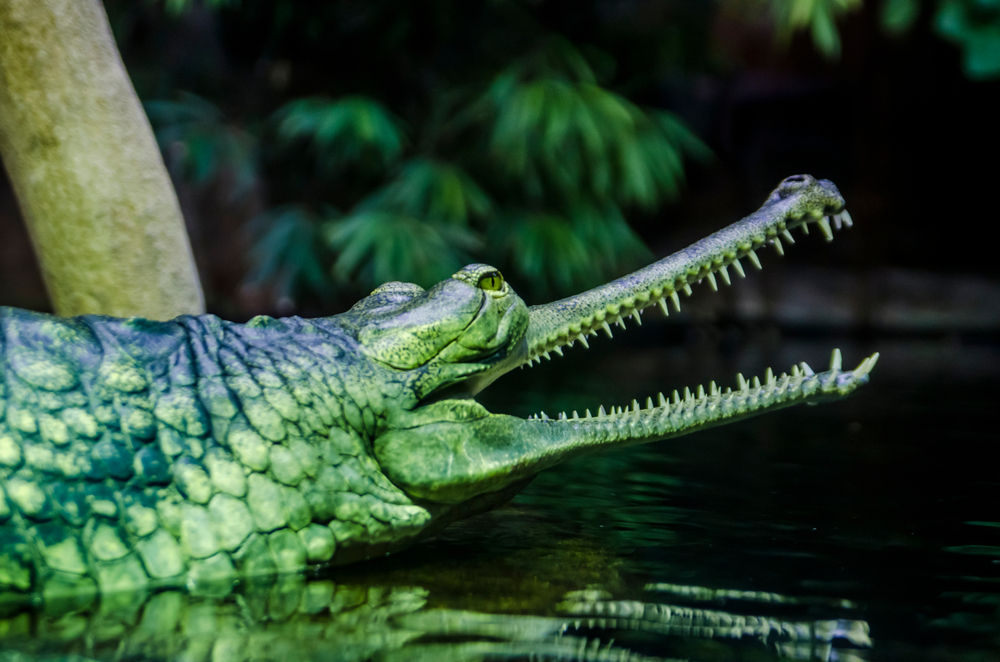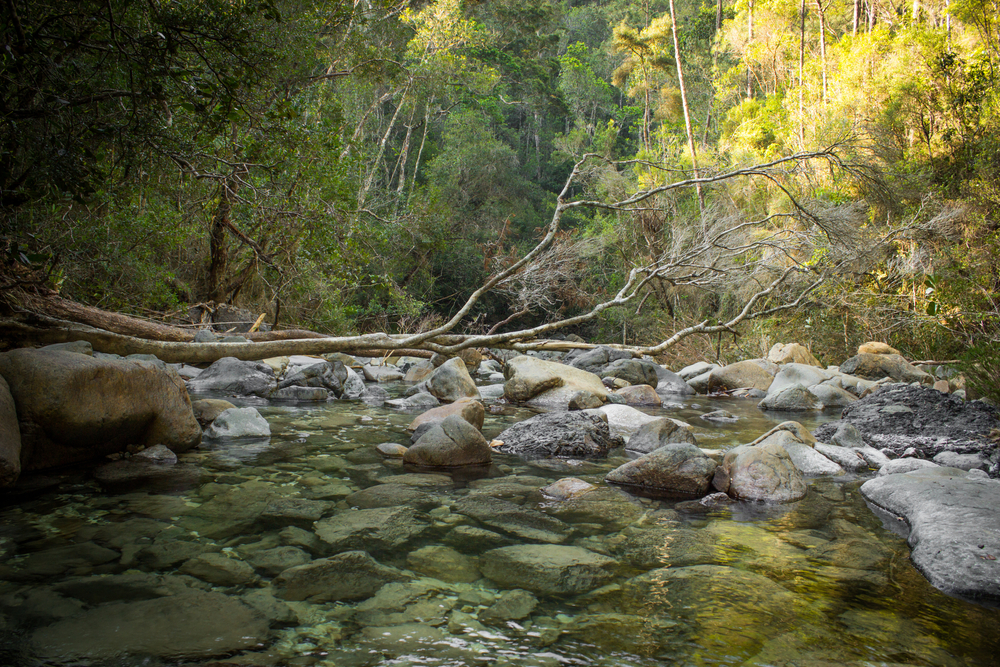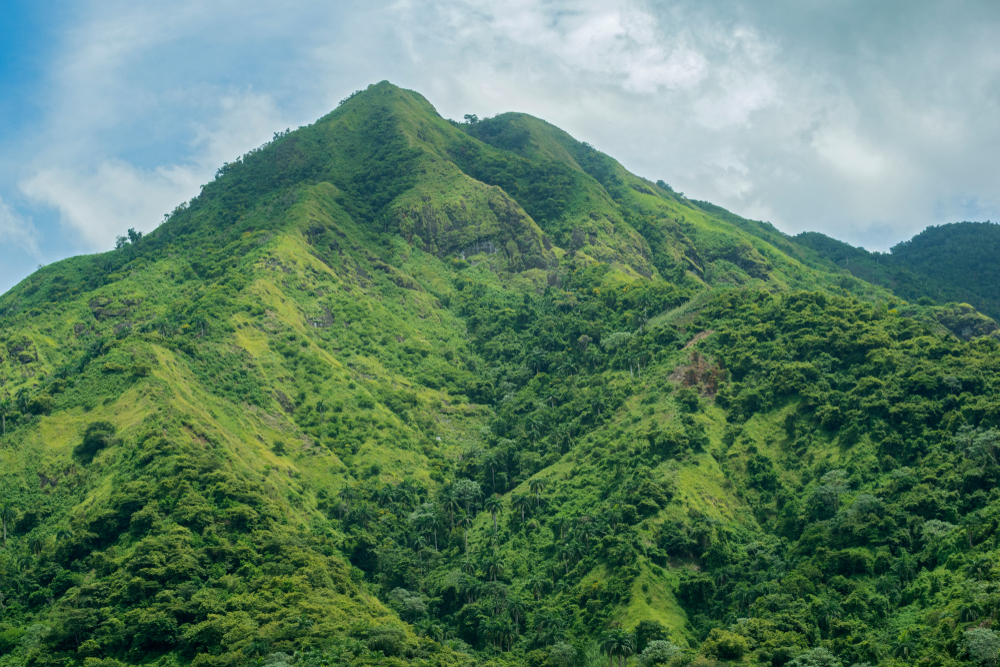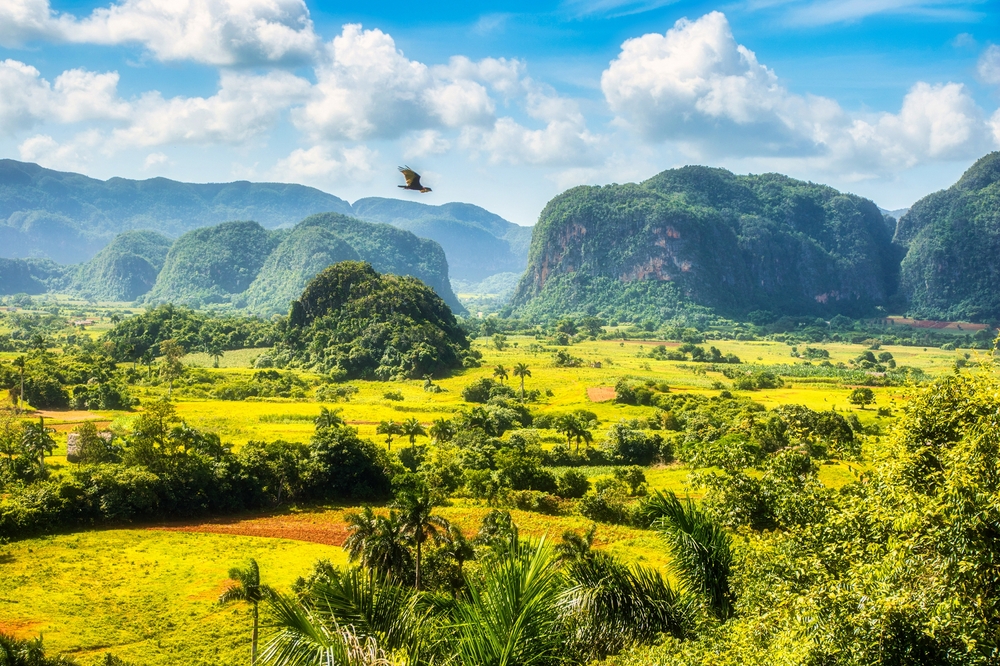Cienaga de Zapata Overview
Ciénaga de Zapata National Park, known locally as Parque Nacional Ciénaga de Zapata, is the largest protected area in Cuba, covering approximately 1,930 square miles (5,000 square kilometers).
Located in the Matanzas Province, this national park is part of the Zapata Swamp, a vast wetland region that extends into the southern coast of the island. The park is recognized as a UNESCO Biosphere Reserve and a Ramsar Wetland of International Importance, making it one of the most ecologically significant areas in the Caribbean.
Its landscape is characterized by expansive marshlands, dense mangrove forests, coastal lagoons, and underground cave systems, creating a unique and diverse environment that supports an impressive range of flora and fauna. The region is home to key geographical features such as the Bay of Pigs (Bahía de Cochinos), which played a pivotal role in Cuban history and continues to attract visitors for its ecological and historical significance.
The terrain of Ciénaga de Zapata National Park consists primarily of low-lying wetlands, making it one of the most important ecosystems for water retention and flood control in Cuba. The region is dominated by sawgrass marshes, flooded forests, and limestone formations that host a network of subterranean caves, including the famous Cueva de los Peces, a cenote-like sinkhole filled with crystal-clear water.
Mangrove swamps line the coastal areas, providing vital habitat for marine and birdlife, while savannas and dry forests further inland support a variety of terrestrial species. The park’s extensive lagoons, such as Laguna del Tesoro, are essential for sustaining aquatic biodiversity and serve as important breeding grounds for fish, amphibians, and reptiles.
Ciénaga de Zapata is a haven for wildlife enthusiasts, particularly birdwatchers, as it is home to over 200 bird species, including the Cuban trogon, the island’s national bird, and the rare Zapata wren, a species endemic to the region.
The park is also known for the Zapata rail, one of the world’s most elusive birds, found only in these wetlands. The diverse habitats support a variety of mammal species, such as the Cuban hutia, a large rodent native to the island, and the endangered Cuban solenodon, a nocturnal insectivore that has survived since prehistoric times.
The waters of the park teem with marine life, including crocodiles, fish, and mollusks, making it an essential area for conservation efforts aimed at preserving Cuba’s aquatic biodiversity. The Zapata Swamp is also home to the Cuban crocodile, a critically endangered species that thrives in the freshwater marshes of the park.
One of the most popular features of Ciénaga de Zapata National Park is its extensive cave and cenote system, particularly the Cueva de los Peces, which attracts divers and snorkelers eager to explore its underwater world. The nearby Bay of Pigs is a hotspot for scuba diving, with coral reefs, underwater caves, and an abundance of marine species.
The park’s lush wetland trails offer excellent opportunities for birdwatching and wildlife photography, while guided boat tours allow visitors to explore the intricate waterways and mangrove channels. Ecotourism and sustainable tourism are a major focus in the park, with visitors encouraged to experience the natural beauty while minimizing environmental impact.
Conservation efforts within Ciénaga de Zapata National Park have seen both challenges and successes. The Cuban government has implemented strict environmental protection measures to combat habitat destruction and illegal poaching, with ongoing efforts to preserve the critically endangered Cuban crocodile.
However, climate change and rising sea levels pose a long-term threat to the delicate wetland ecosystems. Conservation programs have focused on habitat restoration, species protection, and ecotourism development to ensure the sustainability of the park.
Despite these challenges, the park remains one of the most important protected areas in the Caribbean, providing refuge for some of the region’s rarest wildlife while offering visitors a glimpse into one of Cuba’s most remarkable natural landscapes.








































































